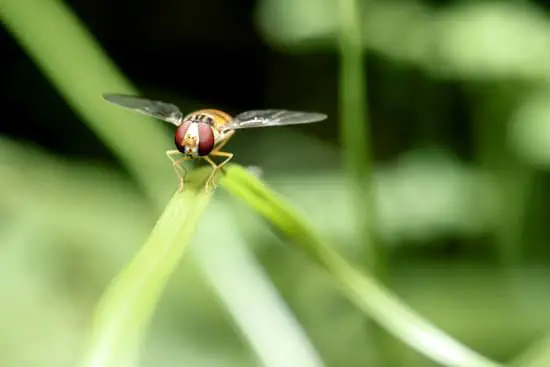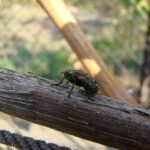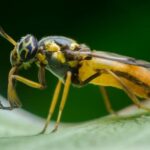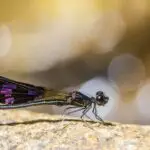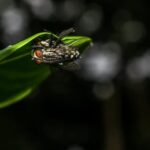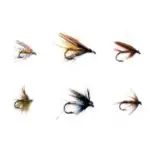We Don’t Need Flies to Eat
We don’t need flies to eat, but they do perform an important service for our food production. As a result, we are learning how to use flies to our advantage. They can be used in orchards, greenhouses, and growing tunnels to attract and pollinate crops. As the demand for food grows, so will the need for managed pollinators. Flies will be crucial to the future of food production.
While flies can be annoying, they serve many essential functions in our ecosystem. They are pollinators and are an important source of food for other insects. They are also excellent decomposers of decayed material. Some species of flies have specialized adaptations for cleaning up the remains of small animals.
A large portion of flies feed on plants and fungi. Some breed in leaves and stems and lay their eggs there. Their larvae then produce chemicals that transform the plant into a gall. These galls protect the larvae and serve as their food source. In addition to this, some species filter microscopic food particles from freshwater water.
True Flies are widespread and can live in virtually any habitat. Adult flies are strong fliers. Fly larvae reside mostly in damp and moist areas. During their larval stage, flies have a complete metamorphosis. The larvae are worm-like in appearance and do not have jointed legs. They molt several times before emerging as adults.
